How to create realistic lighting in V-Ray for 3ds Max?
Good lighting not only makes your renders look great but also conveys emotions. How to create realistic lighting in V-Ray for 3ds Max? VFXRendering finds out in this article.
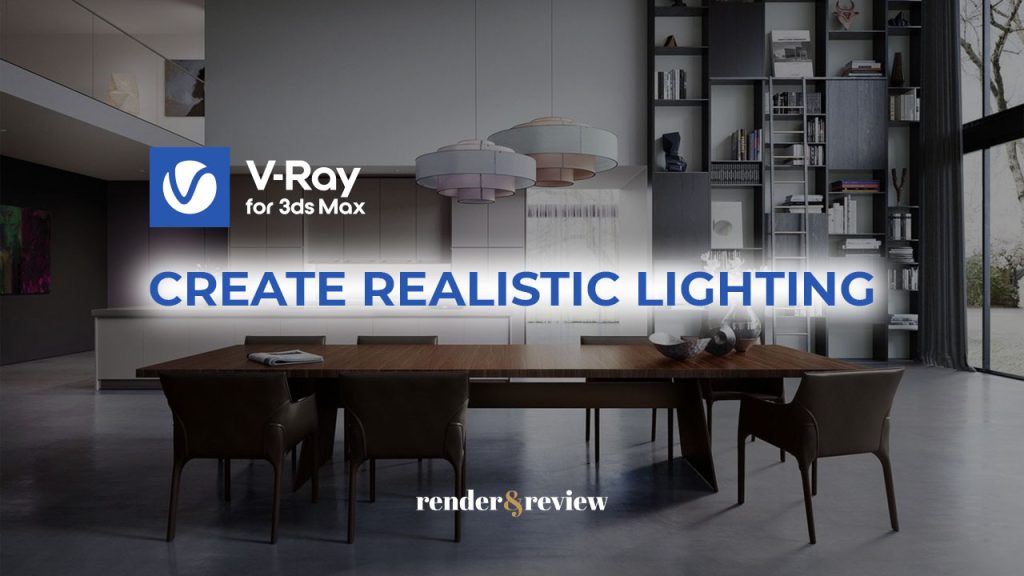
Table of Contents
V-Ray for 3ds Max
Autodesk 3ds Max is a professional software for 3D modeling, animation, and rendering. It enables you to create expansive worlds and premium designs by breathing into the environments and landscapes. Its intuitive tools for modeling, texturing, and shading empower you to create finely detailed designs and props. Moreover, 3ds Max gives full artistic control when you iterate and produce professional-grade renders.
As 3ds Max is an industry-standard 3D application and has been around for a long time, there are lots of render engines that can work with it. And V-Ray by Chaos is one of powerful and popular rendering engines for 3ds Max.
V-Ray for 3ds Max is a complete, production-proven render engine. It delivers stunning renders for high-end visualization and production. On top of that, V-Ray for 3ds Max is versatile and capable, from simple to complex scenes with thousands of lights. That’s why many 3D artists and designers from various industries select V-Ray as their primary renderer for 3ds Max.
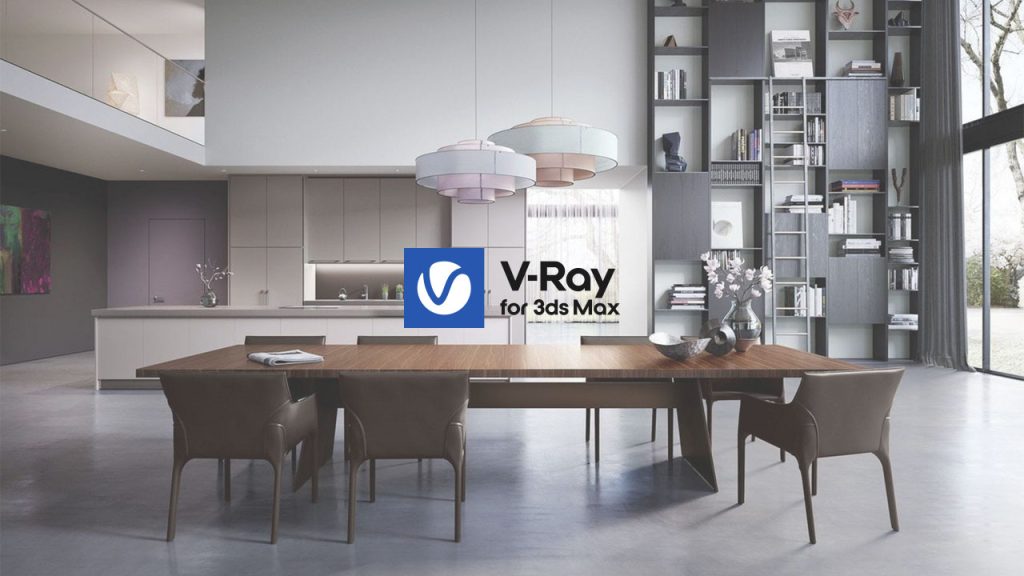
Image credit: Walter Knoll Interiors – 747 Studios
In addition, V-Ray for 3ds Max is available for subscription, €69.90 per month or €418.80 per year for the V-Ray Solo edition.
Why do we need good lighting?
Lighting plays a crucial role in delivering a high-quality render.
First of all, lights reveal the dimensions of all objects in a 3D scene. Proper lighting will improve 3D model details such as texture, shape, and form. It can also cast shadows and highlights, adding depth and perspective to your scene.
Moreover, lighting has the ability to express emotions and set the mood of an image or animation. Warm lighting, for example, can produce a friendly and inviting ambiance, whilst cool lighting can evoke a sense of quiet and tranquility.
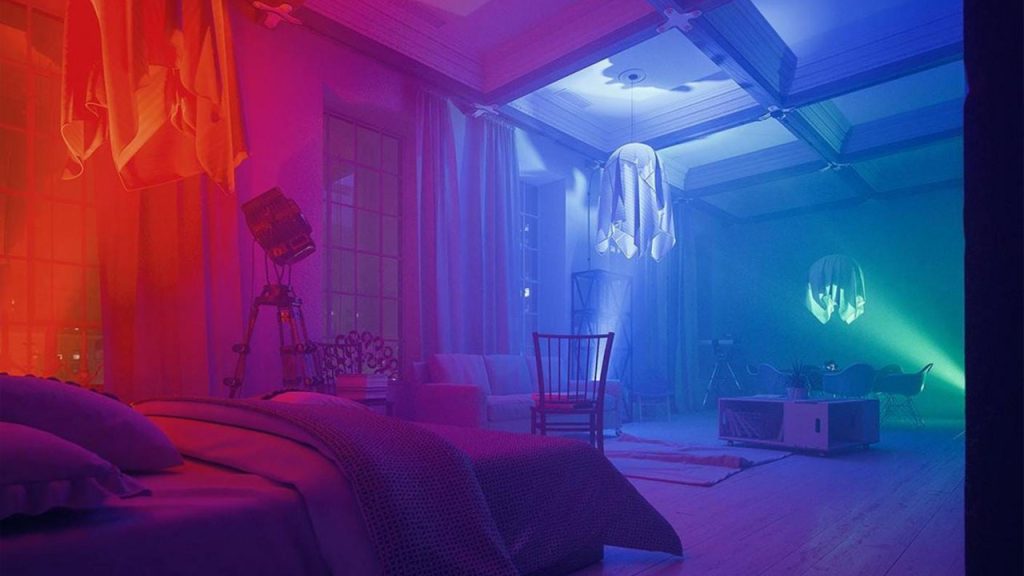
Image credit: Doodling Around – Double Aye
In short, lighting creates atmosphere and improves the overall look of your scene. Therefore, you need to create good, or even further, captivating lighting to ensure the realism of the scene, and the message you want to convey.
How to create realistic lighting in V-Ray for 3ds Max?
V-Ray is a good choice when you need to light your 3ds Max scenes nicely. Because the render engine offers many light sources and powerful features for artists to play around with light.
Let’s take a look at some of the best tutorials that will help you to create realistic lighting in V-Ray for 3ds Max. The tutorials include day and night lighting techniques for both interior and exterior scenes.
Let’s go!
1. Get started with lighting in V-Ray for 3ds Max
Are you a newbie to V-Ray for 3ds Max? Then this beginner-friendly tutorial will take you through the lighting essentials, equipping you with the knowledge necessary to craft stunning lighting for your projects.
You will explore a wide range of lighting sources that are available in V-Ray. Then, you will discover how to leverage these tools to craft lifelike lighting environments and gain insights into fine-tuning their frequently utilized parameters. Besides, you will learn the different types of V-Ray Lights, including the V-Ray Dome Light for image-based lighting (IBL) and V-Ray’s physically accurate Sun and Sky system. In addition, there are various techniques that you can seamlessly integrate to achieve an even more impressive final outcome.
2. Interior scenes
Interior daytime lighting with V-Ray for 3ds Max
In this tutorial, you will explore how to set up the camera and clipping options, as well as how to set up the V-Ray Sun and Sky System lighting technique. Or light the scene by creating a V-Ray Dome Light and loading an HDRI. Besides, you will learn how to fine-tune your images by tweaking exposure and white balance, as well as use Light Mix to explore different lighting scenarios even after you have rendered the final image. There are many tips and tricks along the way such as using Override Material, V-Ray Denoiser, V-Ray Cryptomatte, etc. to iterate quicker and fine-tune the overall look further.
3. Exterior scenes
Exterior daytime lighting with V-Ray for 3ds Max
In this tutorial, you will explore two ways to set up amazing daytime lighting for your exterior scenes. They are the V-Ray Sun and Sky system and HDRIs. You will learn how you can tweak the different parameters to achieve the desired look. Besides, there are useful tips and tricks for adding extra realism and streamlining your workflow.
Exterior nighttime lighting with V-Ray for 3ds Max
In this tutorial, you will explore how to set up lighting for a night scene. You will learn how to set up the environment lighting using an HDRI from Chaos Cosmos. You will also learn how to add artificial lights, street lamps, and interior lights, that will be visible from the outside of the building. Moreover, you will discover how you can tweak the parameters to fine-tune the lighting and create realistic renders. Besides, there are many other useful tips and tricks on denoising, managing multiple lights in a scene, and more.
Conclusion
To sum up, good lighting is one of the most important factors that determines the quality of your renders. When it comes to rendering arch viz, V-Ray for 3ds Max is a strong render engine with lots of light sources and intuitive features. It helps to convey emotions as well as enhance the final outcome.
See more:



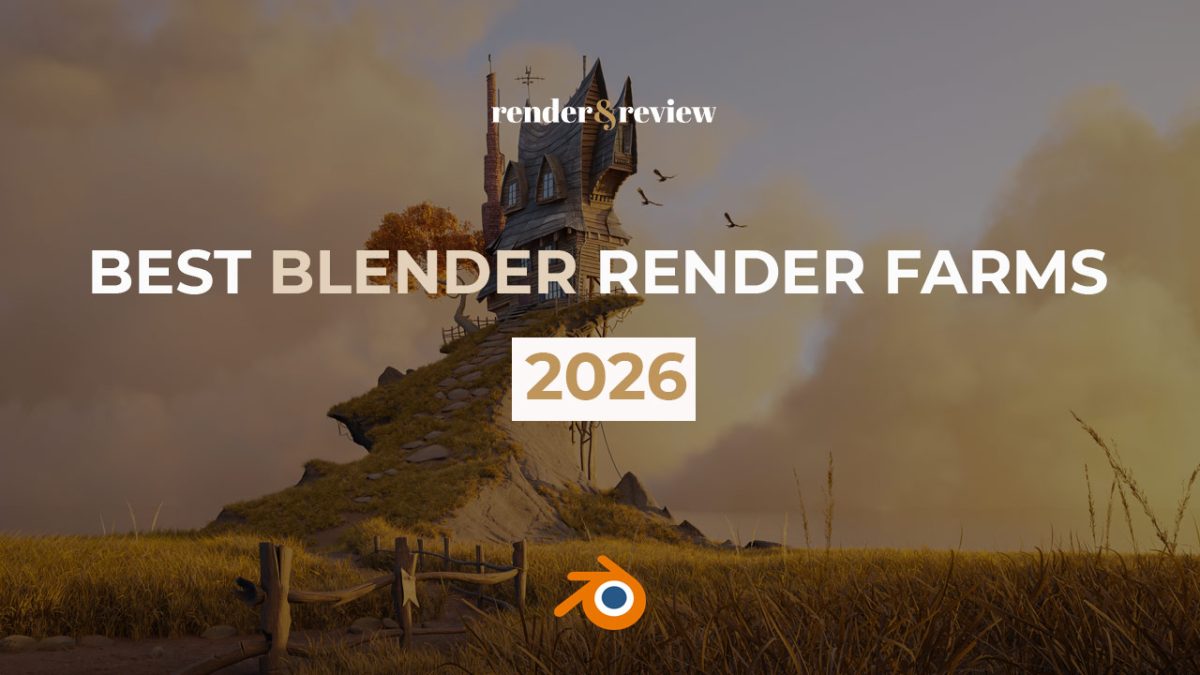




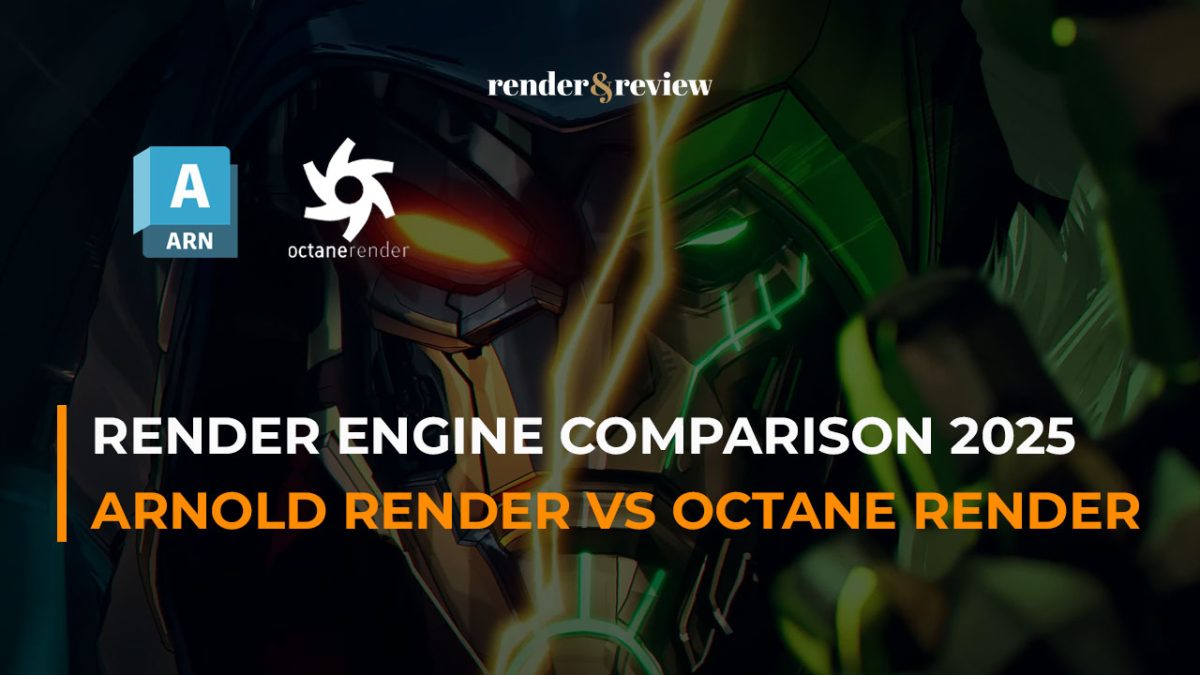
No comments